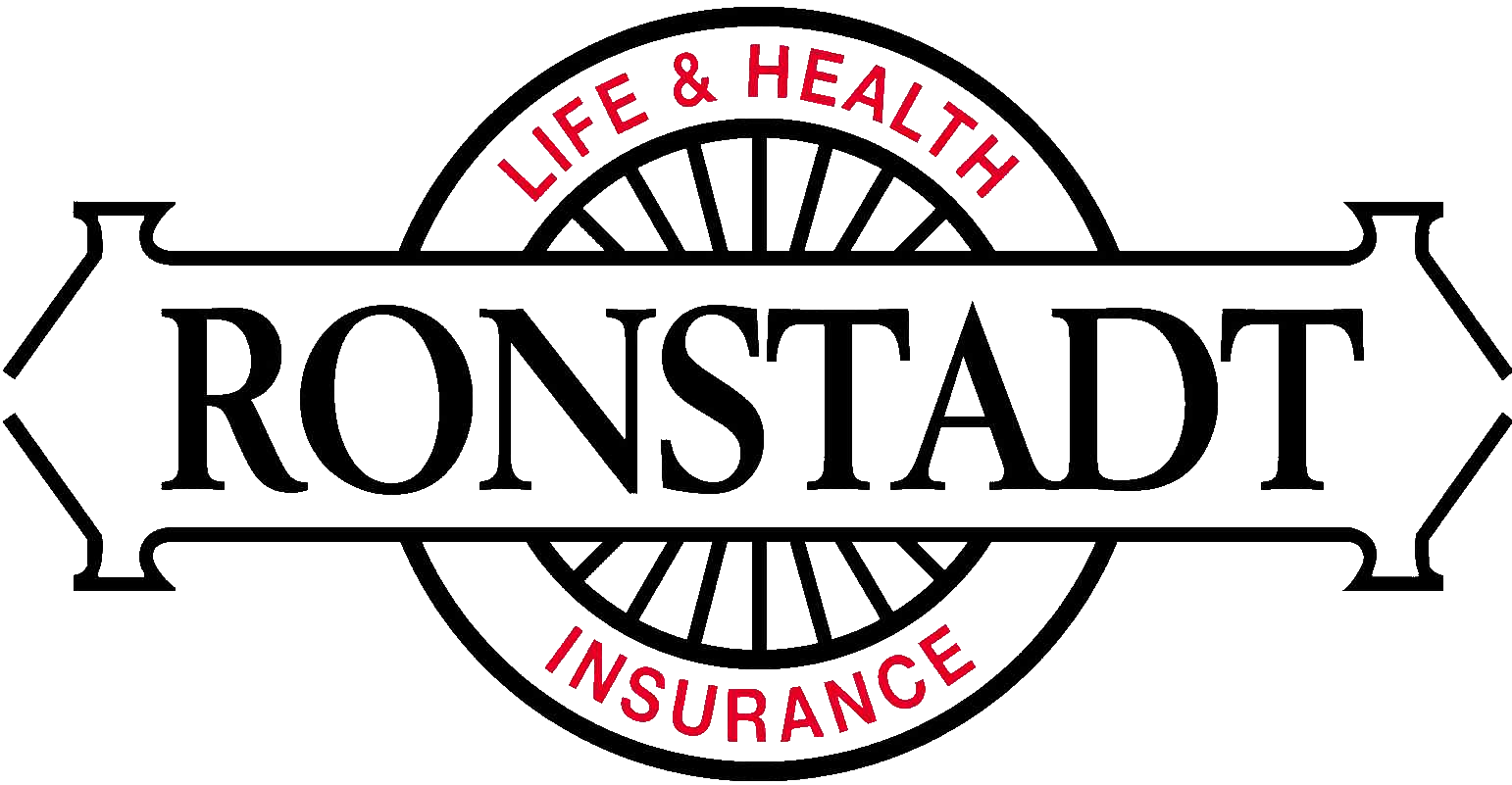May 22, 2013
 The Arizona State Legislature is considering legislation to repeal Healthcare Group of Arizona effective January 1, 2014. If the legislation is approved, Healthcare Group of Arizona (HCGA) will stop providing coverage effective December 31, 2013, when the new web-based insurance exchange will be available to offer health insurance coverage. As currently drafted, HCGA will not accept applications for new groups or subscribers after July 15, 2013.
The Arizona State Legislature is considering legislation to repeal Healthcare Group of Arizona effective January 1, 2014. If the legislation is approved, Healthcare Group of Arizona (HCGA) will stop providing coverage effective December 31, 2013, when the new web-based insurance exchange will be available to offer health insurance coverage. As currently drafted, HCGA will not accept applications for new groups or subscribers after July 15, 2013.
On October 1, 2013, the new web-based insurance exchange will begin accepting applications for health insurance coverage. In Arizona, this marketplace will be operated by the federal government and is known as the federally-facilitated exchange or FFE. Coverage on the FFE begins January 1, 2014 and will be available to individuals and to employees of small businesses. Additional information on the operation of the FFE will be forthcoming. We will post a link to the FFE once it becomes available. (more…)
March 28, 2013

Golden Rule recently introduced enhancements to the UnitedHealthOneSM product portfolio. These updates included additional benefit options, as well as mandated benefits like enhanced women’s preventive care.
Please be advised that the coverage for some women’s preventive benefits has changed, particularly with concern to contraceptive coverage. United implemented the use of “Reasonable Medical Management Techniques” (RMMT), as authorized by federal law, to determine how benefits for contraceptives are provided.
What this means if you have a plan under the new portfolio:
- All contraceptives in Tier 1 are covered at 100% with no cost sharing. Contraceptives in Tiers 2-4 have cost sharing. This primarily applies to Copay SelectSM plans.
- The Prescription Drug – Copay Card optional benefit available with Plan 100® or Plan 80SMalso covers all contraceptives in Tier 1 at 100% with no cost sharing. Contraceptives in Tiers 2-4 have cost sharing.
To learn which contraceptives are in which prescription drug tier, please refer to United Health One’s 2013 Prescription Drug List Quick-Reference Guide. This list is available on E-Store under “forms”, and on www.GoldenRule.com under the “Customer” link. There are currently over 40 contraceptive options available in Tier 1.
By using RMMT, United is able to help keep premiums lower for you and your family. It allows you to choose high value preventive services from network providers, including choosing prescription options that are available with no cost sharing, giving you control over your health care dollars.
If you have questions regarding the UnitedHealthOneSM plans, please contact us at (520) 721-4848.
 The Arizona State Legislature is considering legislation to repeal Healthcare Group of Arizona effective January 1, 2014. If the legislation is approved, Healthcare Group of Arizona (HCGA) will stop providing coverage effective December 31, 2013, when the new web-based insurance exchange will be available to offer health insurance coverage. As currently drafted, HCGA will not accept applications for new groups or subscribers after July 15, 2013.
The Arizona State Legislature is considering legislation to repeal Healthcare Group of Arizona effective January 1, 2014. If the legislation is approved, Healthcare Group of Arizona (HCGA) will stop providing coverage effective December 31, 2013, when the new web-based insurance exchange will be available to offer health insurance coverage. As currently drafted, HCGA will not accept applications for new groups or subscribers after July 15, 2013.
















